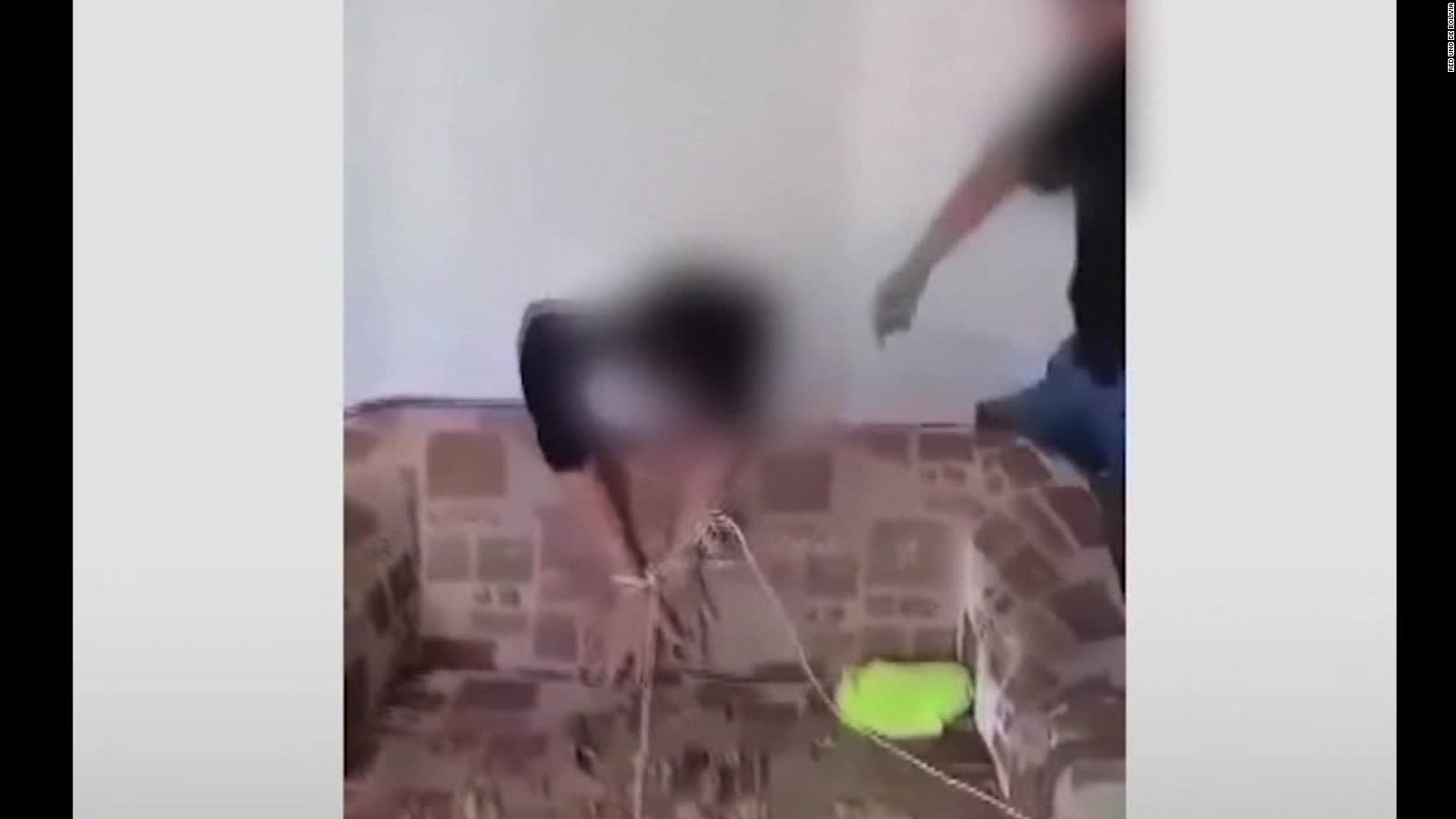The internet has always been a double-edged sword, a place where creativity flourishes alongside the most disturbing content imaginable. Among the countless videos circulating online, one particular term has caught the attention of many: "quiero agua video gore." This phrase, which translates to "I want water gore video," raises questions about the limits of artistic expression and the impact of graphic content on viewers. What lies behind the fascination with such shocking material, and why do some individuals seek it out despite its gruesome nature?
As we delve deeper into the world of "quiero agua video gore," it becomes essential to understand the context in which it exists. Is it simply a trend driven by shock value, or does it serve a more profound purpose in the realm of online entertainment? The exploration of this phenomenon opens up discussions about morality, mental health, and the responsibilities of content creators. In this article, we will dissect the various elements surrounding this video genre and what compels viewers to engage with it.
Furthermore, the phenomenon of "quiero agua video gore" reflects broader societal issues, including desensitization to violence and the thin line between art and exploitation. As we navigate through this topic, we aim to shed light on the implications of consuming such content, the psychological effects on viewers, and the potential need for regulation in digital media. Let us embark on this journey to uncover the layers of "quiero agua video gore" and its impact on our digital landscape.
- Britney Griners Journey To Recovery Understanding Her Surgery
- Is Justin Bieber Really Gone Understanding The Rumors Around His Death
What is the Origin of "Quiero Agua Video Gore"?
The term "quiero agua video gore" has roots in the subculture of online videos that focus on graphic and shocking content. This genre often includes extreme violence, horror, and other unsettling themes, appealing to a niche audience that finds thrill in fear. As social media platforms have grown, so too has the accessibility of such videos, making it easier for viewers to stumble upon these disturbing treasures.
Who Are the Key Figures Behind This Phenomenon?
While many creators contribute to the "quiero agua video gore" genre, a few have emerged as notable figures within this space. These individuals often utilize social media to share their work and cultivate a following, drawing viewers in with their unique styles and the shock factor of their content. Understanding the backgrounds of these creators can provide insight into the motivations behind their work.
Biography of a Notable Creator
| Name | Age | Nationality | Notable Works |
|---|---|---|---|
| Javier "El Gore" Ruiz | 28 | Spanish | Quiero Agua, Bloodbath in the Night |
Javier Ruiz, known by his online moniker "El Gore," has gained significant attention for his graphic videos that often feature the phrase "quiero agua." His creative approach combines horror elements with macabre humor, making him a standout figure in the genre. As we explore his work, we'll uncover the influences and intentions behind his content.
What Makes "Quiero Agua Video Gore" So Compelling?
One of the primary factors contributing to the allure of "quiero agua video gore" is the thrill of fear and excitement that comes with watching something shocking. For many viewers, engaging with graphic content can evoke strong emotions, from adrenaline spikes to morbid curiosity. The psychological aspect of this experience is worth examining, as it reveals much about human nature and our relationship with violence and fear.
Can Graphic Content Have Artistic Value?
The debate about whether graphic content can be classified as art is ongoing. Some argue that the creators of "quiero agua video gore" are pushing boundaries and challenging societal norms, while others contend that such content is exploitative and harmful. This dichotomy raises critical questions about the role of censorship and the responsibilities of content creators in the digital age.
What Are the Potential Risks of Consuming Such Content?
Engaging with "quiero agua video gore" can have several potential risks for viewers. These may include desensitization to violence, increased anxiety, and even the normalization of aggressive behavior. As individuals consume more graphic content, it's crucial to consider the impact it may have on their perceptions of violence and reality. Understanding these risks can help viewers make more informed choices about their media consumption.
How Do Social Media Platforms Manage Gore Content?
Social media platforms face the challenge of balancing freedom of expression with the need to protect users from harmful content. The "quiero agua video gore" phenomenon underscores the importance of effective moderation and content guidelines to ensure a safe online environment. Platforms like YouTube and TikTok have implemented measures to detect and remove graphic content, but the effectiveness of these systems is often scrutinized.
What Can Viewers Do to Protect Themselves?
For those who find themselves drawn to "quiero agua video gore," it's essential to practice self-awareness and set boundaries regarding media consumption. Here are some strategies to protect oneself:
- Limit exposure to graphic content.
- Engage in discussions about the implications of such media.
- Be mindful of emotional responses while viewing.
- Seek out positive and uplifting content to balance experiences.
Is There a Future for "Quiero Agua Video Gore"?
As the internet and social media continue to evolve, so too will the landscape of graphic content. The future of "quiero agua video gore" remains uncertain, with the potential for both growth and increased scrutiny. As creators explore new ways to push boundaries, it's essential for viewers to remain informed and engaged in discussions surrounding the ethics and impact of such content.
In conclusion, the exploration of "quiero agua video gore" reveals a complex interplay of creativity, morality, and societal norms. As we navigate this challenging terrain, we must remain vigilant and aware of the implications of consuming graphic content. Through understanding and open dialogue, we can foster a more informed and responsible digital community.


